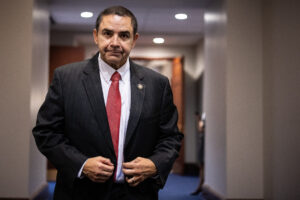Politics
American voters face an online propaganda crisis
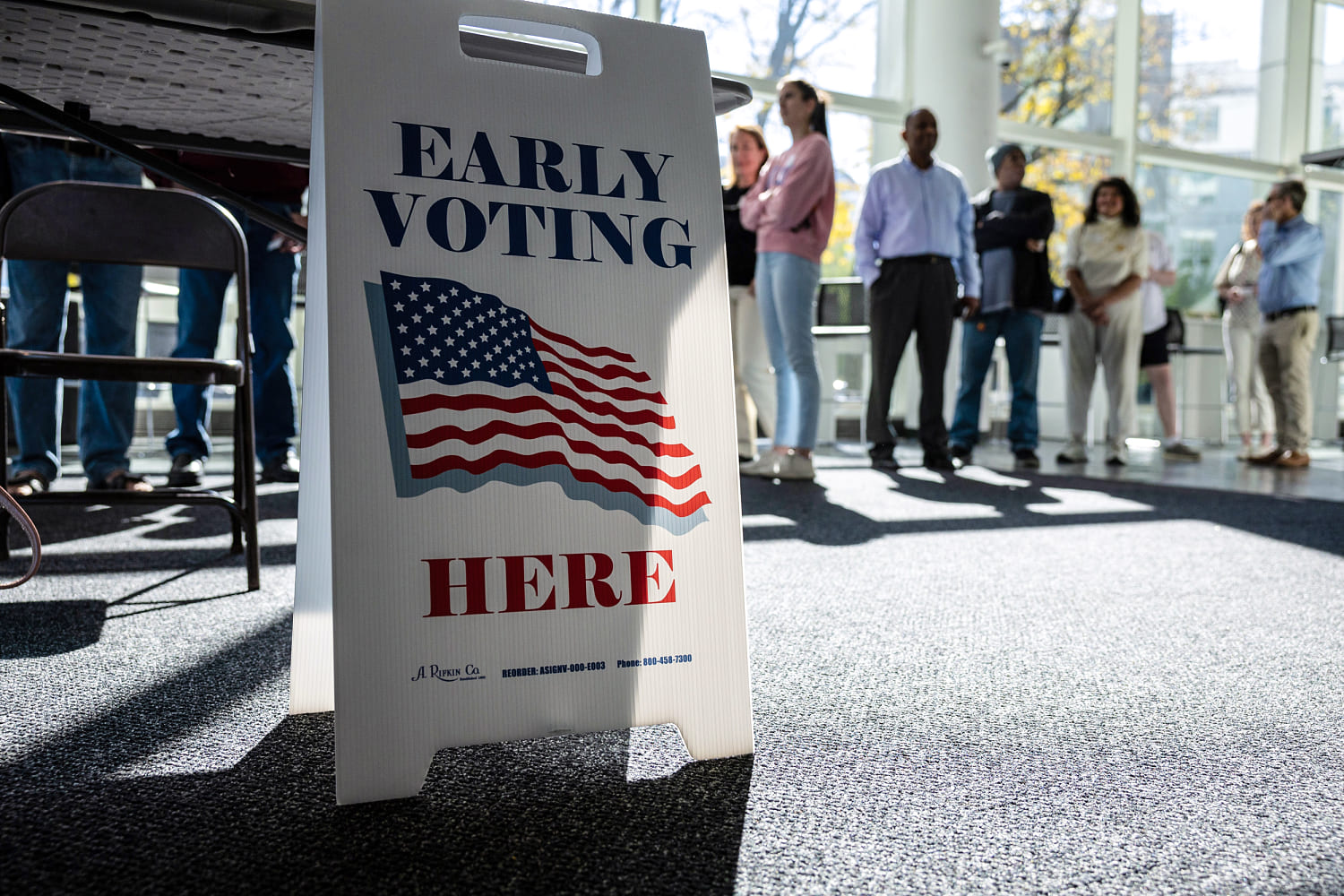
With Election Day fast approaching, disinformation efforts are everywhere. A Russian disinformation network pushed false claims of sexual abuse by Kamala Harris’ running mate, Tim Walz, reports Wired. Foreign adversaries’ election interference efforts are “more active now than they ever have been,” says the director of the Cybersecurity and Infrastructure Security Agency. The U.S. intelligence community “expects foreign influence efforts will intensify in the lead-up to Election Day,” according to a memo issued Monday by the Office of the Director of National Intelligence.
We are used to thinking of propaganda and disinformation through one lens: the far right. Stories around this subject have often centered around the alt-right movement that gained popularity in 2016, along with the Russian efforts to bolster Donald Trump’s rise. Indeed, at that time, that was by far the most pressing danger facing America online and beyond.
But in the past eight years, things have changed. Or rather, they have evolved.
What we are dealing with is extensive, all-encompassing and targeted at all of us.
Disinformation and online propaganda are skills that have now been perfected and adopted the world over by fascist and far-right governments. This means that we are no longer dealing just with Russia or the alt-right. What we are dealing with is extensive, all-encompassing and targeted at all of us. We are facing an online propaganda crisis like one we’ve never seen before.
As Russia has grown its influence operations since 2016, the internet has become an influence battlefield. One where pushing global opinions, sowing discord and chaos, and promoting antidemocratic thinking in democracies have become the tactics in a larger strategy among global powers to weaken their enemies, strengthen themselves, and transform the landscape in which future physical battlefields may one day take place.
Far-right movements are inherently oppositional and driven by maximalist ideologies, which means that while they may share certain characteristics — like nationalism, xenophobia and antiglobalism — their goals and strategies often clash. In essence, far-right movements are not a monolith, but a web of conflicting and cooperating entities, each using propaganda to further its own specific agenda while fighting both liberal democracies and rival authoritarian movements.
For example, the far-right movements in the U.S. focus heavily on anti-immigration and Christian nationalism, while Iran’s far right manifests through theocratic authoritarianism and anti-Israel rhetoric. These differences in ideology mean that far-right propaganda in the U.S. is vastly different from the far-right narratives in Iran or Russia, despite their shared opposition to liberal democracy.
Iran, for example, is targeting both the American left and right. U.S. intelligence assessments and researchers say that hackers linked to the country’s Islamic Revolutionary Guard Corps targeted both presidential campaigns. An Iranian influence operation has created fake news sites that appear to be U.S.-based. One site has run op-eds such as “Why Harris’s Stance On Palestine Cost Her My Vote,” which are meant to create more internal division among the left, while another site was meant to appear as a right-wing news outlet based in Georgia and spreading anti-Harris propaganda. By using AI software, they have been able to expand the scope and productivity of their propaganda. Unlike Russia, which often focuses on specific political outcomes, Iran’s primary goal is to foster internal discord and erode trust in U.S. democratic institutions as a whole.
These countries are waging war between each other, and that we are all potential victims.
On the other end of the spectrum is Israel. According to The New York Times and Haaretz, the Israeli Ministry for Diaspora Affairs paid for an influence campaign aimed at lawmakers as well as young progressives in order to increase support for its war in Gaza. The campaign created sites to spread Islamophobia by focusing on the role of Muslims in slave trade in East Africa and increase discord around protests on college campuses by labeling some campuses as “safe” or “unsafe.”
More broadly, Israel’s information warfare has aligned with other far-right movements spreading propaganda that aligns with their position. Poland’s far right publication Visegrad 24 has spent the entirety of the Gaza war promoting Israel’s position, including collaborations with some of the most outspoken pro-Israel influencers. Visegrad 24, which has some connections to the Polish government, also exists as an anti-Russian propaganda outlet.
Similar operations by other countries and movements have been uncovered, from China to Venezuela to North Korea. In essence, what this means is that these countries are waging war between each other, and that we are all potential victims. When they can convince us to turn against each other or to spread antidemocratic sentiment, we become their digital allies, helping achieve their goals in destroying trust in democracy and increasing their global power. One only needs to see how some white nationalists have successfully positioned themselves as pro-Palestinian to see how successful these movements can become.
With the news that Russia has used some of America’s biggest far-right influencers to spread propaganda, we can see how extensive and effective these operations have now become among the biggest players. All of this means that we must arm ourselves with digital media literacy as well as constant vigilance about the information we gather online. Being liberal, progressive or centrist does not protect anyone from disinformation anymore. We are all both soldiers and targets on the digital battlefield.
Elad Nehorai
Elad Nehorai is a writer and marketer who specializes in antisemitism, extremism and their intersection. His writing can be found in the Daily Beast, The Forward and his newsletter. He is the organizer of XOutHate, a campaign of Jewish leaders calling for major advertisers to drop ads on X.
Politics
Pardoned Democrat Henry Cuellar wants GOP to probe his prosecutors
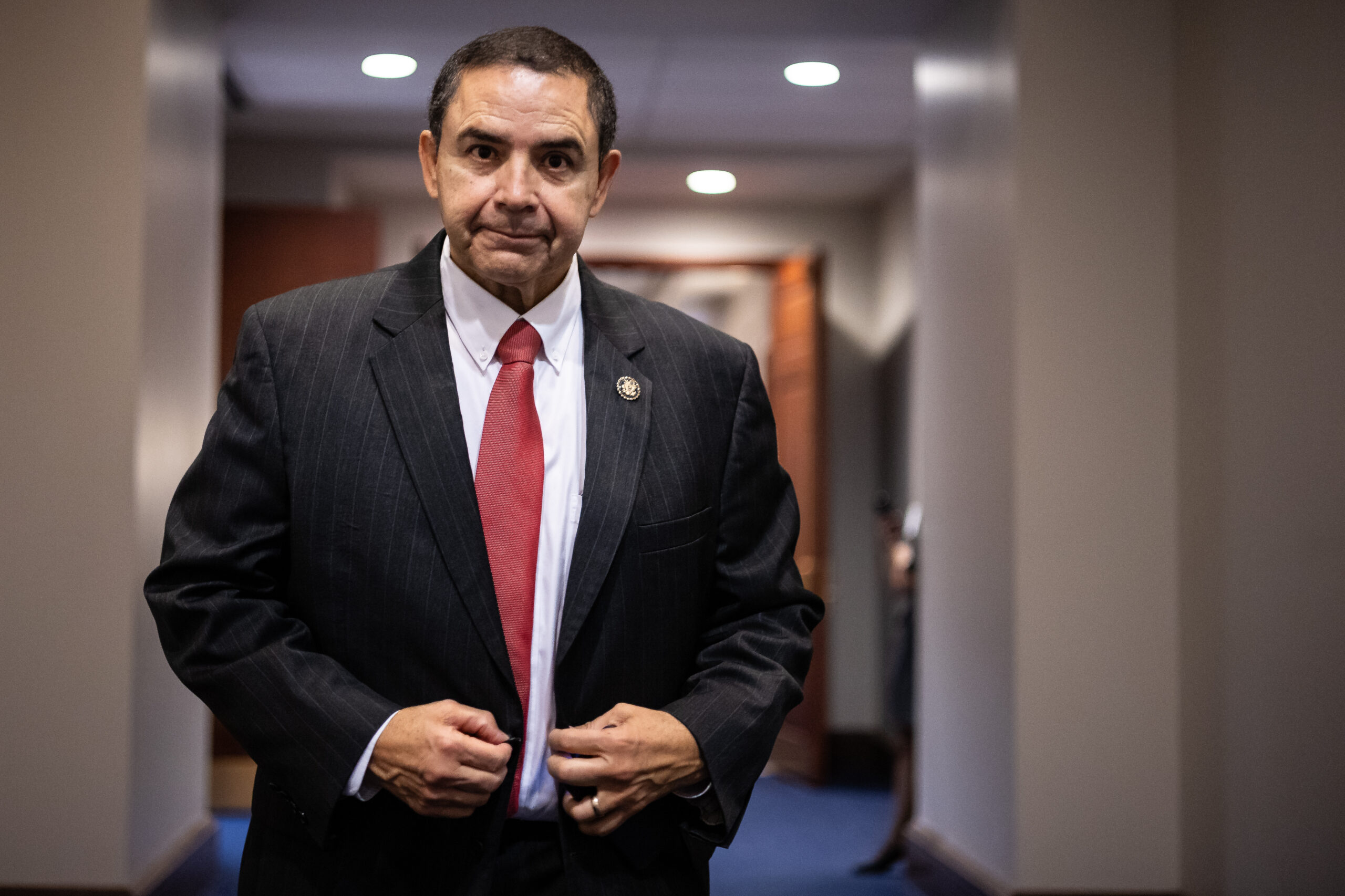
The Texas lawmaker said in an interview he’d be willing to cooperate with a House Judiciary “weaponization” probe…
Read More
Politics
The Supreme Court gave Trump a big redistricting win. But the fight is just getting started.
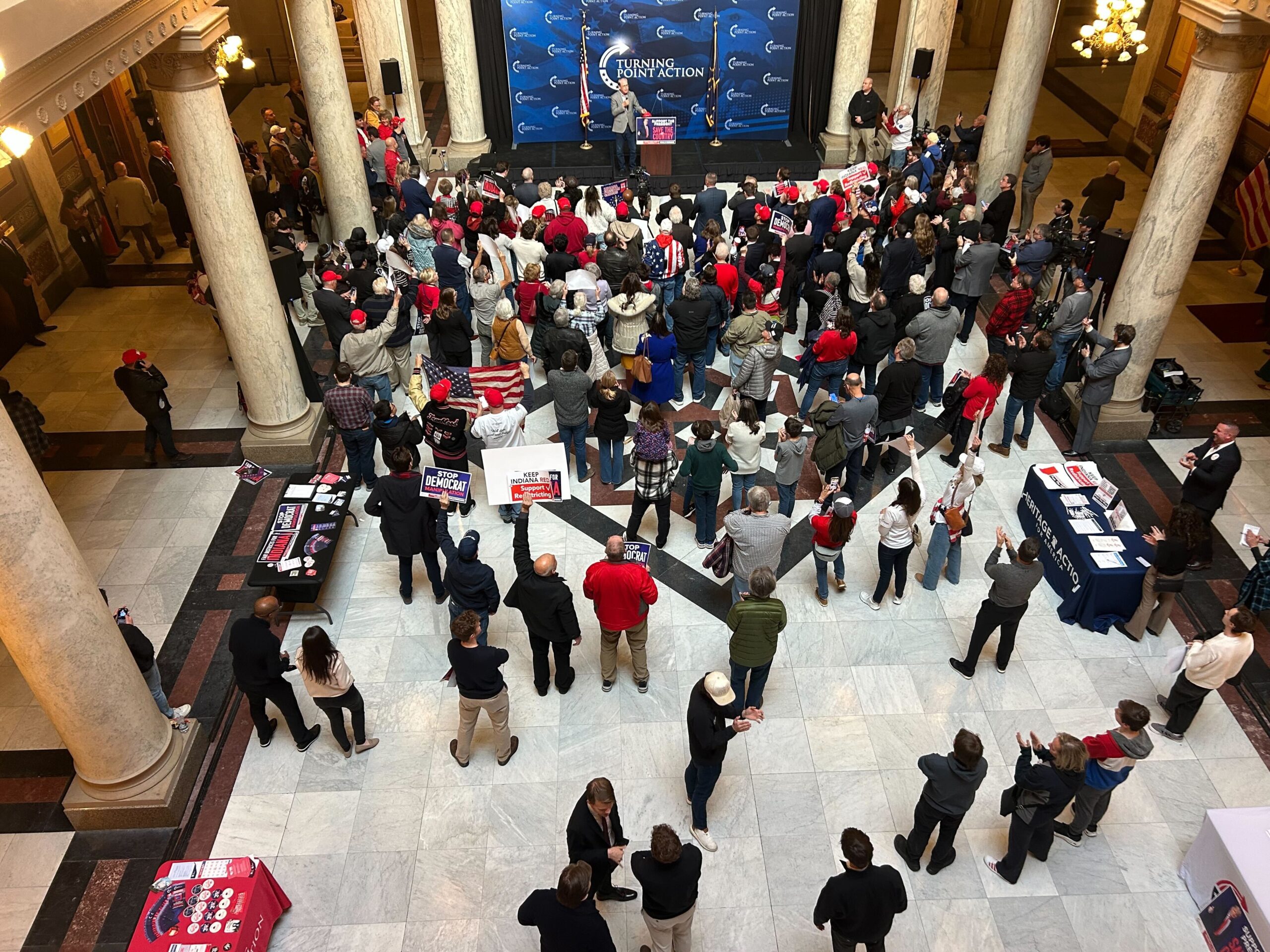
Trump and his allies are heaping pressure on holdout Republicans in Indiana, while Democrats eye gains elsewhere…
Read More
Politics
Senior Johnson aide leaves for Holland & Knight
Chris Jaarda, who has spent the past two years as a senior policy adviser and counsel to House Speaker Mike Johnson, has left Blue Light News to join Holland & Knight as a partner in the firm’s lobbying practice. Jaarda’s portfolio in Johnson’s office spanned a variety of topics…
Read More
-
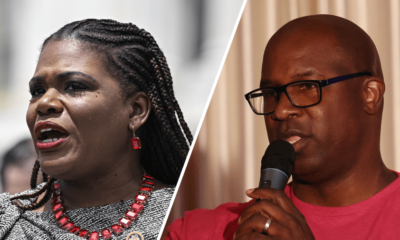
 Politics10 months ago
Politics10 months agoFormer ‘Squad’ members launching ‘Bowman and Bush’ YouTube show
-
Uncategorized1 year ago
Bob Good to step down as Freedom Caucus chair this week
-

 The Dictatorship10 months ago
The Dictatorship10 months agoPete Hegseth’s tenure at the Pentagon goes from bad to worse
-

 Politics10 months ago
Politics10 months agoBlue Light News’s Editorial Director Ryan Hutchins speaks at Blue Light News’s 2025 Governors Summit
-

 The Dictatorship10 months ago
The Dictatorship10 months agoLuigi Mangione acknowledges public support in first official statement since arrest
-

 The Josh Fourrier Show1 year ago
The Josh Fourrier Show1 year agoDOOMSDAY: Trump won, now what?
-

 Politics8 months ago
Politics8 months agoDemocrat challenging Joni Ernst: I want to ‘tear down’ party, ‘build it back up’
-

 Politics10 months ago
Politics10 months agoFormer Kentucky AG Daniel Cameron launches Senate bid


